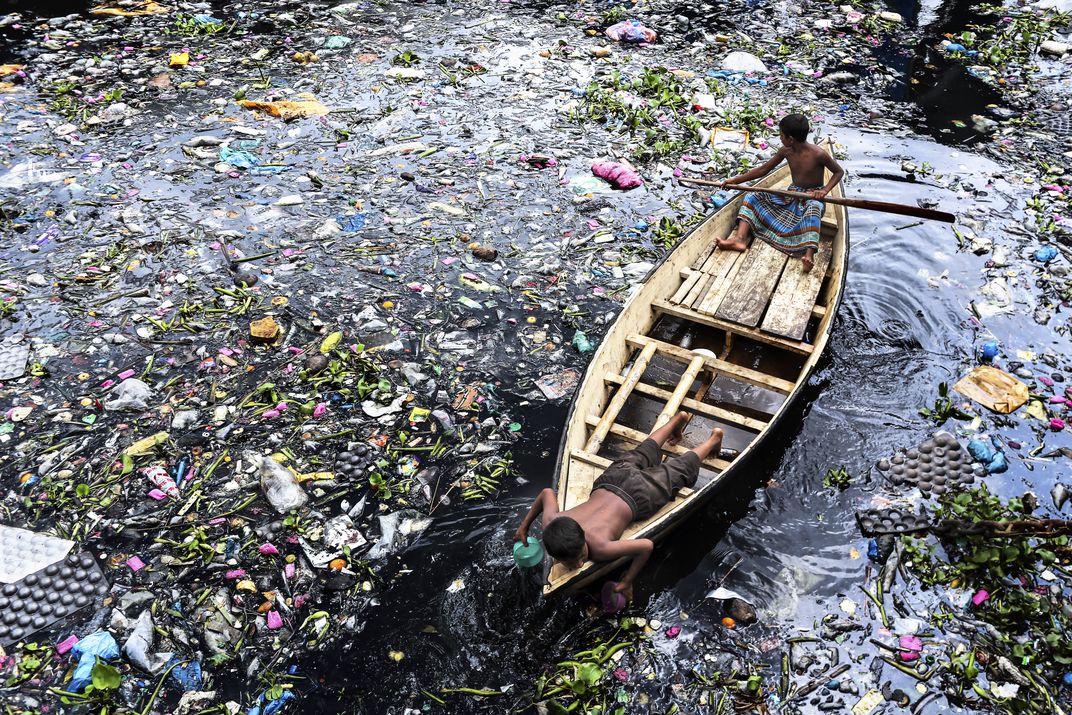Strengthening the National River Conservation Commission of Bangladesh

Imtiaz Ahmed Sajal:
Recently, in a ground-breaking and precedent setting judgment, the High Court Division (HCD) of the Supreme Court of Bangladesh declared that the river Turag and all other rivers flowing throughout the country are ‘living entities’ with legal personalities. After attributing legal personality to the rivers, the Court has identified National River Conservation Commission (NRCC) of Bangladesh as a legal guardian for all the rivers. The Court released the full judgment on 1 July 2019 in response to a public interest litigation (WP No. 13989/2016) filed by the Human Rights and Peace for Bangladesh (HRPB). In a 17-point directive, the Court, inter alia, called for strengthening the NRCC by making it an effective and independent body. The Court also entrusted the NRCC with the responsibility of conservation and overall development of rivers.
Back in June 2009, the HCD, in another landmark case (WP No. 3503/2009) ordered the government to form a ‘National River Conservation Commission’ consisting of concerned experts. The Court gave only three months’ time to form the Commission and declared the writ petition as a continuing mandamus, giving the Court the power to monitor the implementation of its decision and give necessary directions when required.
The obligation emanating from the said decision paved the way for subsequent enactment of the National River Conservation Commission Act, 2013 and establishment of the Commission in September 2014. The preamble of the Act says that the Act has been promulgated “to provide for the establishment of a Commission to prevent illegal encroachment of rivers, water and environment pollution, river pollution created by industries, illegal construction of structures and various irregularities and to ensure multi-dimensional use of rivers in socio-economic development including recovery of natural flow of rives, proper maintenance of rivers and to make rivers as navigable”. The preamble is consistent with the letter and spirit of order of the HCD, but the same cannot be said about the body of the law. According to section 12 of the Act, the sole function of NRCC is to make recommendations to the government for preventing pollution and illegal encroachment, eviction of illegal structures, excavation of extinct or dying rivers, ensuring ecological balance and sustainable management of rivers, necessary changes in relevant laws, and overall development of rivers.
From the above provision, it is understood that the NRCC is merely a recommending body without any statutory power of implementation.
Another anomaly of the Act is that it has been prepared by the Ministry of Shipping. This is rather questionable, since the ‘regulation and development of rivers and river valleys’ is in the domain of Ministry of Water Resources in accordance with Schedule I of the Rules of Business, 1996.
Moreover, the NRCC is legally bound to submit an annual report to the Government regarding its activities of the previous year within 1 March in each year. However, the NRCC has submitted only one report so far. In the report, the Commission expressed its miseries as a recommending body without any power to do anything. The Commission also conveyed its helplessness when its recommendations are not considered by the respective authorities.
Furthermore, a question may be raised regarding the inaction by the HCD throughout the law-making process and subsequent establishment and functioning of the NRCC, despite its declaration of a continuing mandamus. Such judicial restraint from the part of the Court can be argued to that further aggravated the situation, leading to yet another writ petition praying for the same relief.
Therefore, it is suggested that the Act be amended as necessary for the strengthening of the NRCC in terms of power and authority as an independent and effective institution.
The writer is Lecturer in Law, Bangladesh Army International University of Science and Technology.

